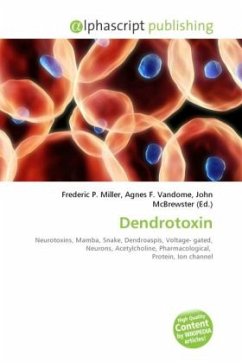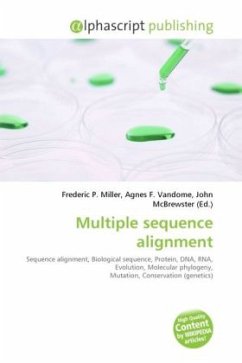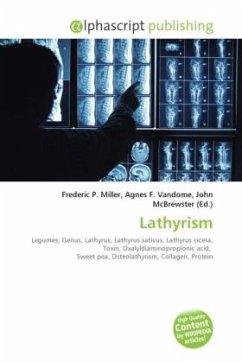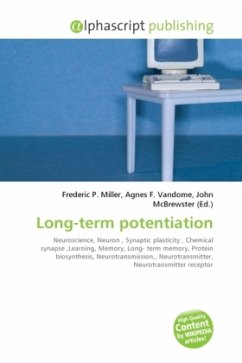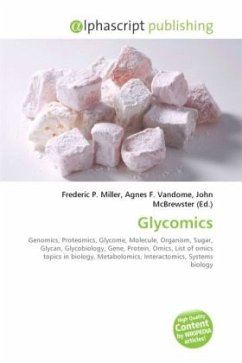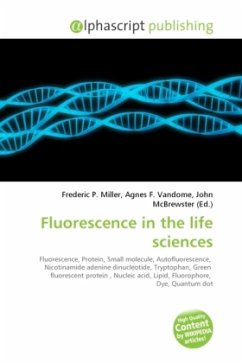
Fluorescence in the life sciences
Versandkostenfrei!
Versandfertig in 6-10 Tagen
26,99 €
inkl. MwSt.

PAYBACK Punkte
13 °P sammeln!
Fluorescence is used in the life sciences generally as a non-destructive way of tracking or analysis biological molecules by means of fluorescence. Some protein or small molecules in cells are naturally fluorescent, this is called intrinsic or autofluorescence (such as NADH, tryptophan or endogenous Chlorophyll,Phycoerythrin or green fluorescent protein), alternatively specific or general protein, nucleic acids, lipids or small molecules can be "labelled" with an extrinsic fluorophore, a fluorescent dye which can be a small molecule, protein or quantum dot. Several techniques exist, often expl...
Fluorescence is used in the life sciences generally as a non-destructive way of tracking or analysis biological molecules by means of fluorescence. Some protein or small molecules in cells are naturally fluorescent, this is called intrinsic or autofluorescence (such as NADH, tryptophan or endogenous Chlorophyll,Phycoerythrin or green fluorescent protein), alternatively specific or general protein, nucleic acids, lipids or small molecules can be "labelled" with an extrinsic fluorophore, a fluorescent dye which can be a small molecule, protein or quantum dot. Several techniques exist, often exploiting additional properties, such as fluorescence resonance energy transfer, where the energy is passed non-radiatively to a particular neighbouring dye, allowing proximity to be detected; another is the change in proprieties, such as intensity, of certain dyes depending on their environment allowing their use in structural studies.



